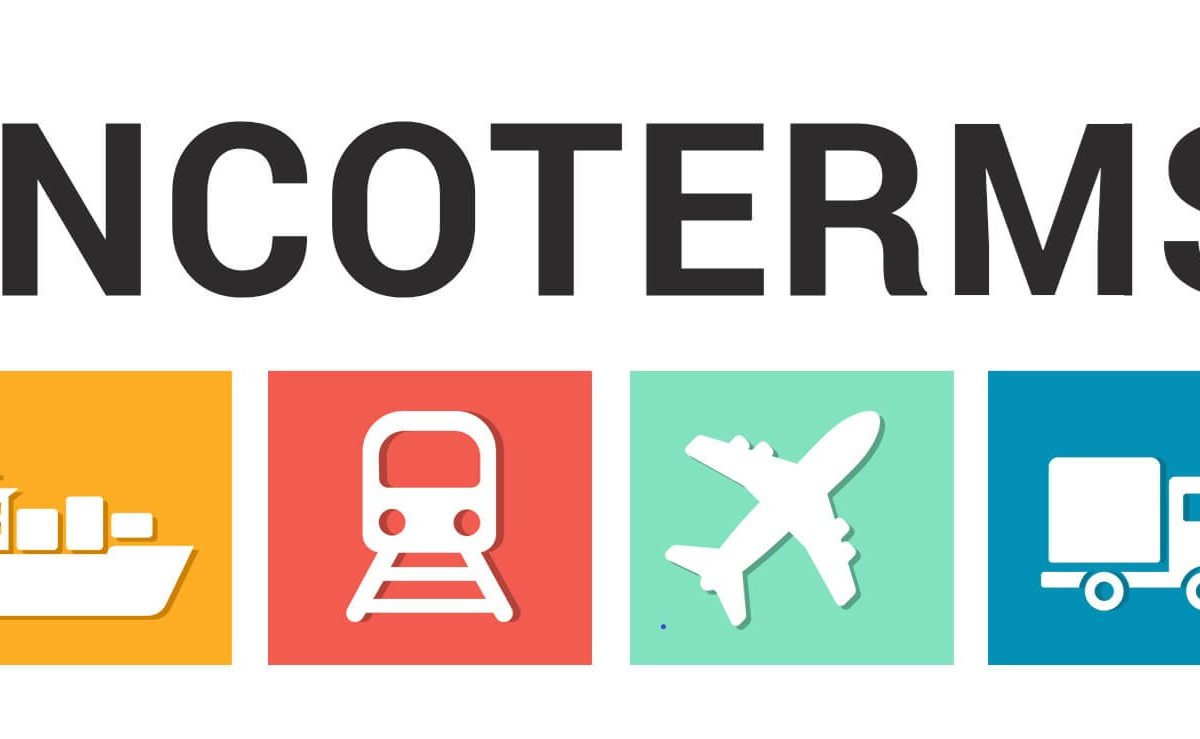
The global economic landscape is undergoing a significant transformation, with trade policies, particularly the use of tariffs, acting as a primary catalyst. The renewed focus on protectionist measures, exemplified by President Donald Trump’s policies, has created a ripple effect, forcing nations to re-evaluate supply chains, spurring technological competition, and redefining international economic relationships.
The Economic Ripple Effect: Tariffs and Their Global Impact
Tariffs, often presented as a tool to protect domestic industries, have far-reaching and often unintended consequences. From an economic standpoint, the consensus among experts and institutions like the International Monetary Fund (IMF) is that tariffs generally harm economic growth and reduce global welfare.
The immediate impact is felt by consumers and businesses in the form of higher prices. A study by the Budget Lab at Yale showed that US tariffs on steel and aluminum led to a decrease in domestic production and a rise in prices, essentially making the importing country’s consumers bear the costs. Over the long term, these policies can lead to a less efficient global economy as countries realign supply chains based on politics rather than economic efficiency, potentially stifling innovation.
This fragmentation increases costs and uncertainty for businesses worldwide.
India’s Resilience and its Auto Sector
While tariffs have created global instability, India’s economic position and diversified trade strategy have helped mitigate the impact. According to a study by the PHD Chamber of Commerce and Industry, the direct effect of US tariffs on India’s GDP and exports has been minimal. The country’s strong domestic demand and a multi-pronged approach to foreign trade have provided a buffer.
India’s strategy to counter tariff threats has included providing targeted support to affected sectors like engineering goods, gems and jewelry, and garments. It has also used diplomatic channels to negotiate trade issues and foster stronger relationships with new partners.
The US has maintained a consistent tariff rate on Indian auto parts, so the latest tariffs have not introduced a significant new variable. Unlike other sectors, auto parts companies have largely avoided new duties, placing them in a “safe zone” for now.
China’s Push for Chip Self-Sufficiency
In response to US tariffs and export controls, China’s has accelerated a push for semiconductor self-sufficiency. The US has imposed strict export controls on advanced computing and semiconductor manufacturing items, effectively limiting China’s access to the cutting-edge technology needed for artificial intelligence (AI) and military applications.
In response, China has doubled down on its state-backed efforts, including its “Made in China 2025” plan and the China Integrated Circuit Industry Investment Fund (CICIIF). This strategy has seen some notable successes, such as Semiconductor Manufacturing International Corporation (SMIC) producing a 7nm chip. However, significant challenges remain. China still lacks the ability to produce the advanced EUV lithography machines required for mass production of the most advanced chips, leaving it dependent on foreign technology.
This drive for self-sufficiency has profound global implications. It fuels geopolitical tensions, particularly concerning Taiwan, whose position as a leader in semiconductor manufacturing is considered a “silicon shield.” It also creates a race among nations.
The Broader Global Context
The US-China tech war has spurred other nations to take their own strategic actions. The European Union has unveiled its own European CHIPS Act to bolster domestic semiconductor production and secure its supply chains. Similarly, Japan and South Korea are investing heavily in their own chip industries, with Japan partnering with the US and Europe to establish advanced semiconductor research centers. The global trend is a shift toward technological autonomy and a move away from reliance on a single supply chain.
The US government continues to use such economic tools to address threats from other nations. For example, today the White House recently issued an executive order “Addressing Threats to the United States by the Government of the Russian Federation.” This action, which includes the imposition of an additional 25% ad valorem duty on imports from India due to its importation of Russian oil, similar to other tariff and sanction policies, demonstrates the increasing trend of using economic measures to address national security concerns.
The era of unbridled globalization is being reshaped by the strategic application of tariffs. These policies combined effect is a fundamental reordering of global trade and geopolitical alliances.



